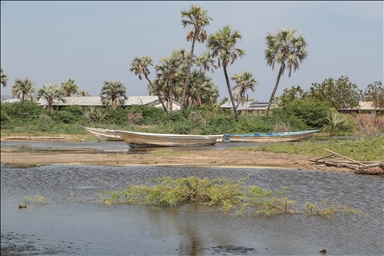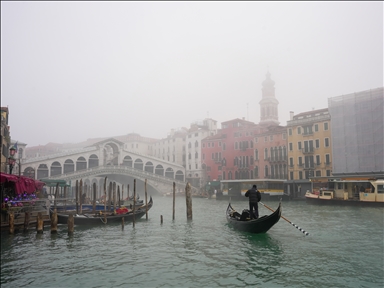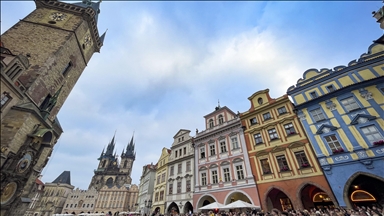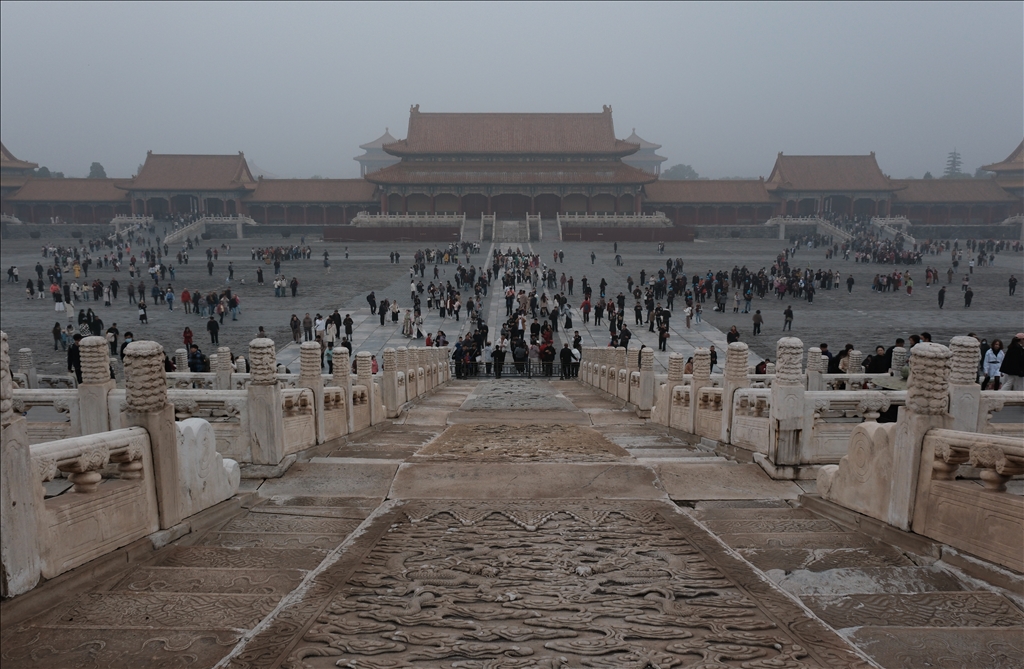
BEIJING, CHINA - NOVEMBER 02: Local and foreign tourists wearing the traditional Chinese dress “Hanfu” visit the Forbidden City, which was the center of the Chinese government for nearly 500 years, in Beijing, China on November 02, 2024. The Forbidden City, which is on the UNESCO World Heritage List, is one of the largest wooden structures that have survived to the present day with an area of 720 thousand square meters. Built in the style of ancient Chinese architecture, the imperial palaces date back to the early 15th century. ( Hakan Nural - Anadolu Agency )
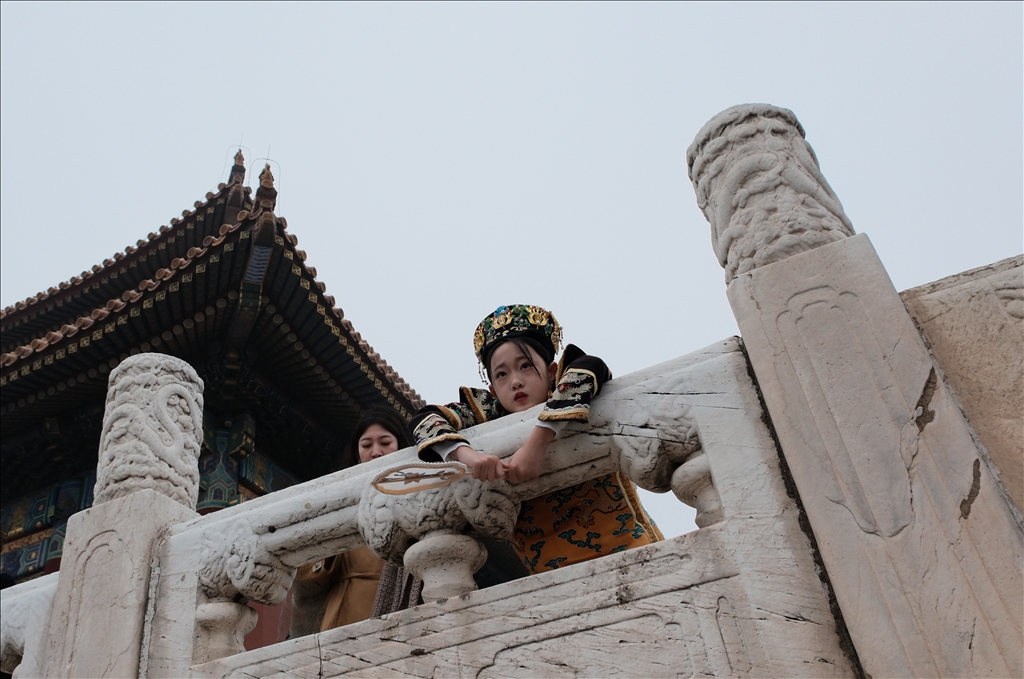
BEIJING, CHINA - NOVEMBER 02: Local and foreign tourists wearing the traditional Chinese dress “Hanfu” visit the Forbidden City, which was the center of the Chinese government for nearly 500 years, in Beijing, China on November 02, 2024. The Forbidden City, which is on the UNESCO World Heritage List, is one of the largest wooden structures that have survived to the present day with an area of 720 thousand square meters. Built in the style of ancient Chinese architecture, the imperial palaces date back to the early 15th century. ( Hakan Nural - Anadolu Agency )
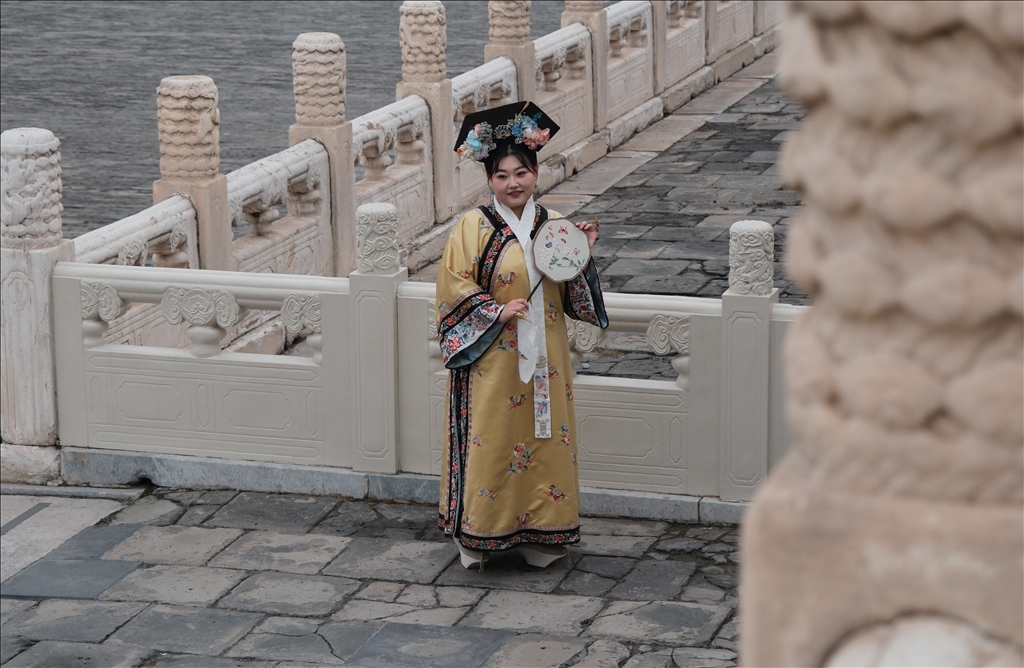
BEIJING, CHINA - NOVEMBER 02: Local and foreign tourists wearing the traditional Chinese dress “Hanfu” visit the Forbidden City, which was the center of the Chinese government for nearly 500 years, in Beijing, China on November 02, 2024. The Forbidden City, which is on the UNESCO World Heritage List, is one of the largest wooden structures that have survived to the present day with an area of 720 thousand square meters. Built in the style of ancient Chinese architecture, the imperial palaces date back to the early 15th century. ( Hakan Nural - Anadolu Agency )
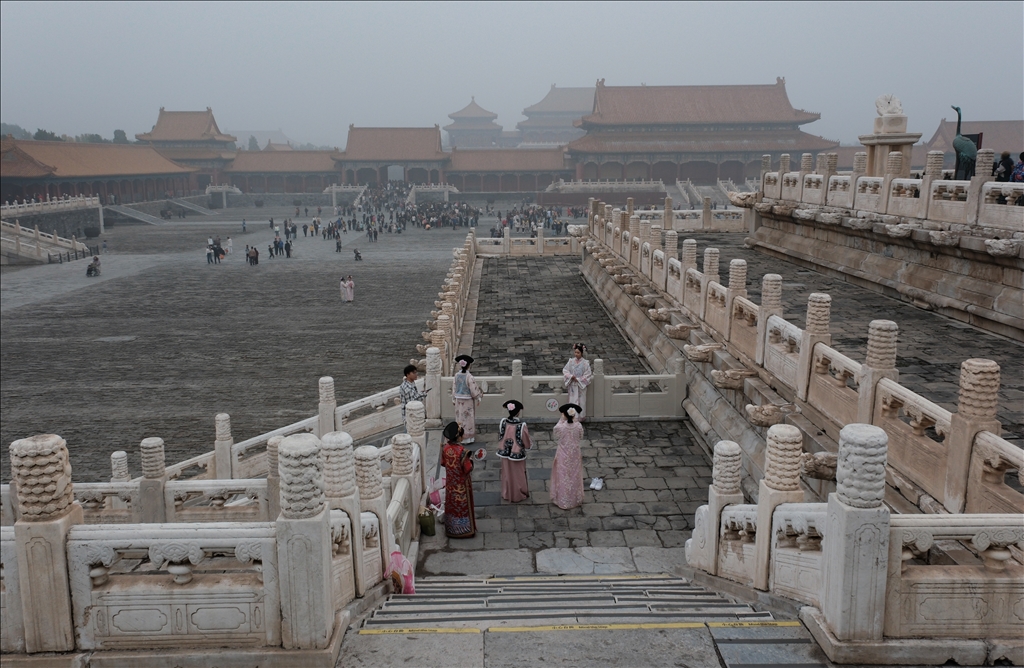
BEIJING, CHINA - NOVEMBER 02: Local and foreign tourists wearing the traditional Chinese dress “Hanfu” visit the Forbidden City, which was the center of the Chinese government for nearly 500 years, in Beijing, China on November 02, 2024. The Forbidden City, which is on the UNESCO World Heritage List, is one of the largest wooden structures that have survived to the present day with an area of 720 thousand square meters. Built in the style of ancient Chinese architecture, the imperial palaces date back to the early 15th century. ( Hakan Nural - Anadolu Agency )
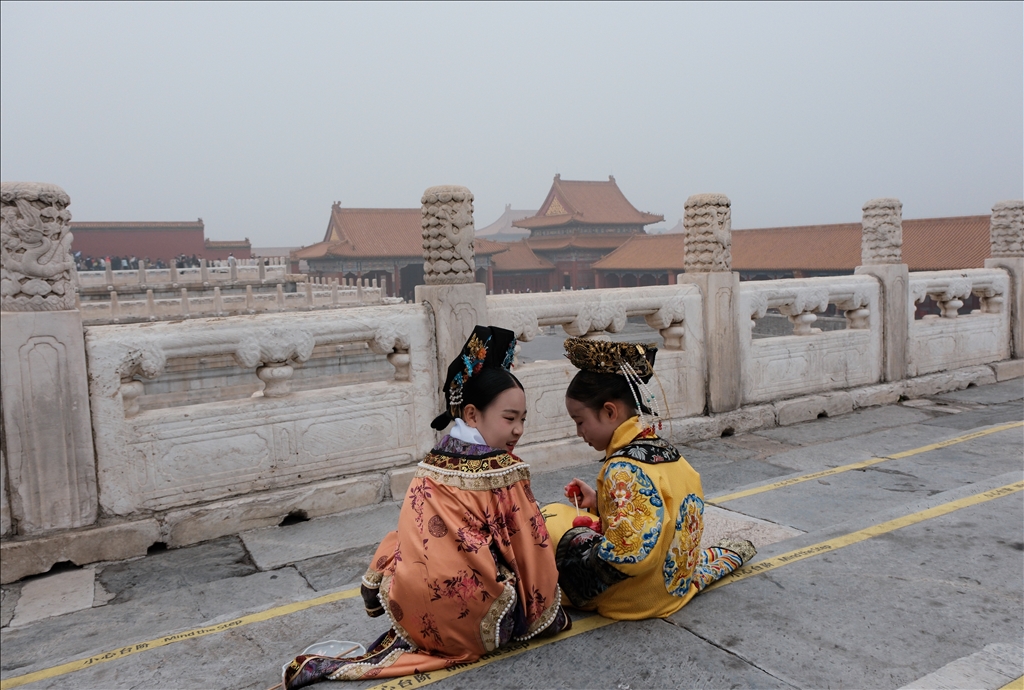
BEIJING, CHINA - NOVEMBER 02: Local and foreign tourists wearing the traditional Chinese dress “Hanfu” visit the Forbidden City, which was the center of the Chinese government for nearly 500 years, in Beijing, China on November 02, 2024. The Forbidden City, which is on the UNESCO World Heritage List, is one of the largest wooden structures that have survived to the present day with an area of 720 thousand square meters. Built in the style of ancient Chinese architecture, the imperial palaces date back to the early 15th century. ( Hakan Nural - Anadolu Agency )
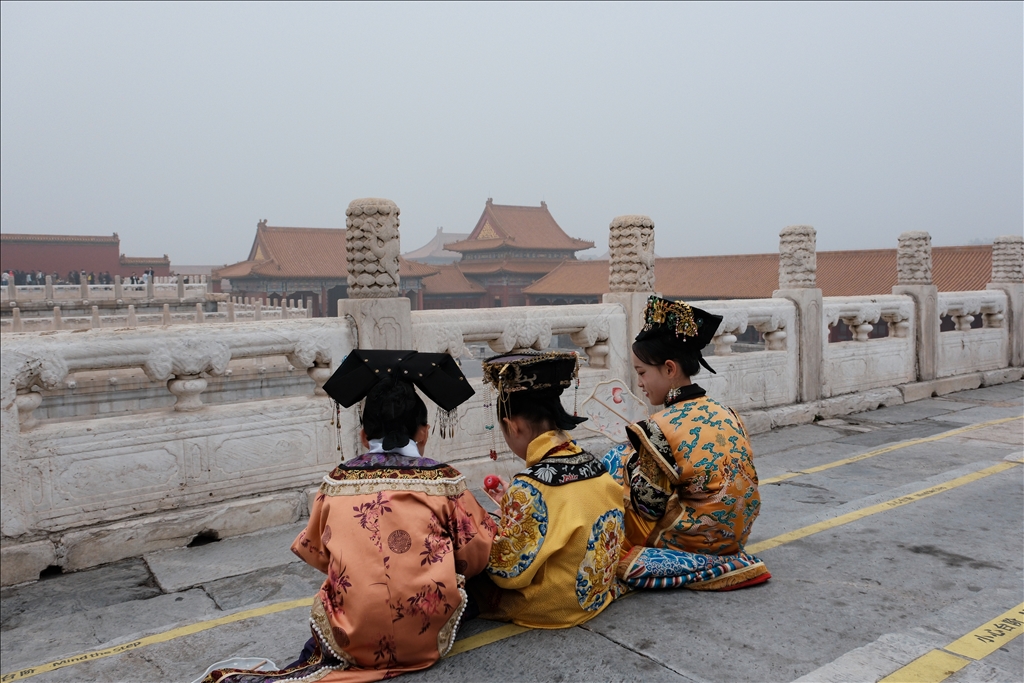
BEIJING, CHINA - NOVEMBER 02: Local and foreign tourists wearing the traditional Chinese dress “Hanfu” visit the Forbidden City, which was the center of the Chinese government for nearly 500 years, in Beijing, China on November 02, 2024. The Forbidden City, which is on the UNESCO World Heritage List, is one of the largest wooden structures that have survived to the present day with an area of 720 thousand square meters. Built in the style of ancient Chinese architecture, the imperial palaces date back to the early 15th century. ( Hakan Nural - Anadolu Agency )
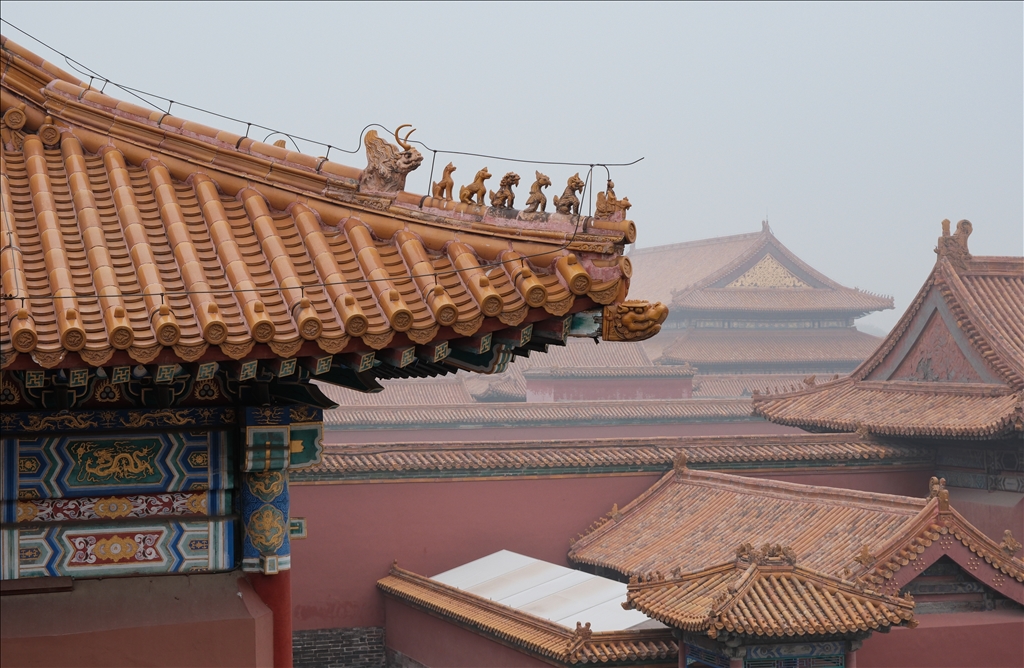
BEIJING, CHINA - NOVEMBER 02: A view of the Forbidden City, which was the center of the Chinese government for nearly 500 years, in Beijing, China on November 02, 2024. The Forbidden City, which is on the UNESCO World Heritage List, is one of the largest wooden structures that have survived to the present day with an area of 720 thousand square meters. Built in the style of ancient Chinese architecture, the imperial palaces date back to the early 15th century. ( Hakan Nural - Anadolu Agency )
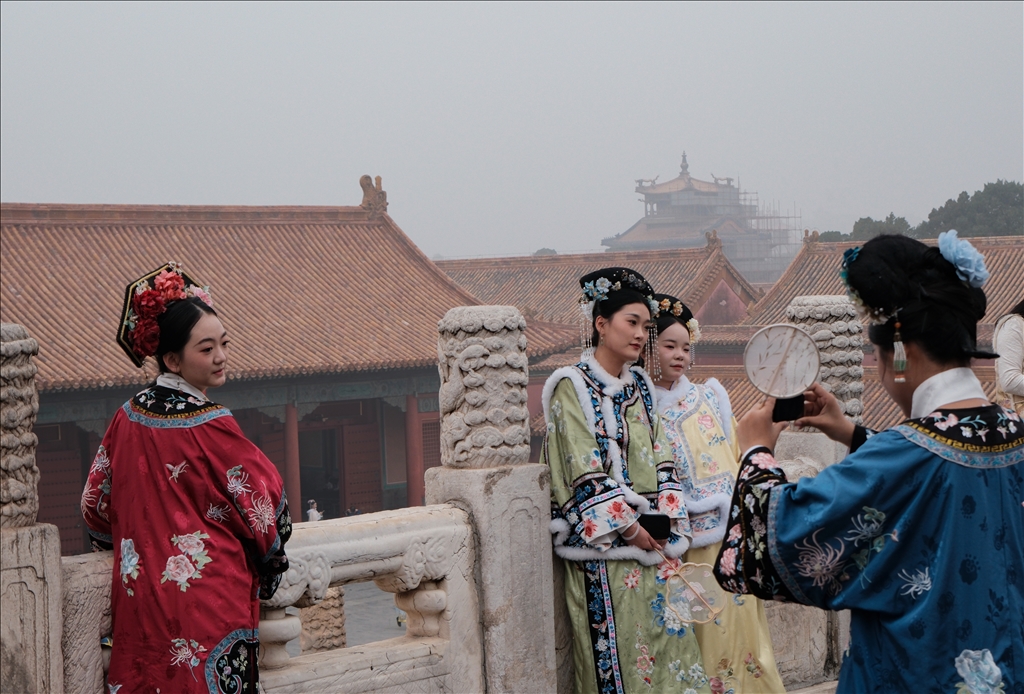
BEIJING, CHINA - NOVEMBER 02: Local and foreign tourists wearing the traditional Chinese dress “Hanfu” visit the Forbidden City, which was the center of the Chinese government for nearly 500 years, in Beijing, China on November 02, 2024. The Forbidden City, which is on the UNESCO World Heritage List, is one of the largest wooden structures that have survived to the present day with an area of 720 thousand square meters. Built in the style of ancient Chinese architecture, the imperial palaces date back to the early 15th century. ( Hakan Nural - Anadolu Agency )
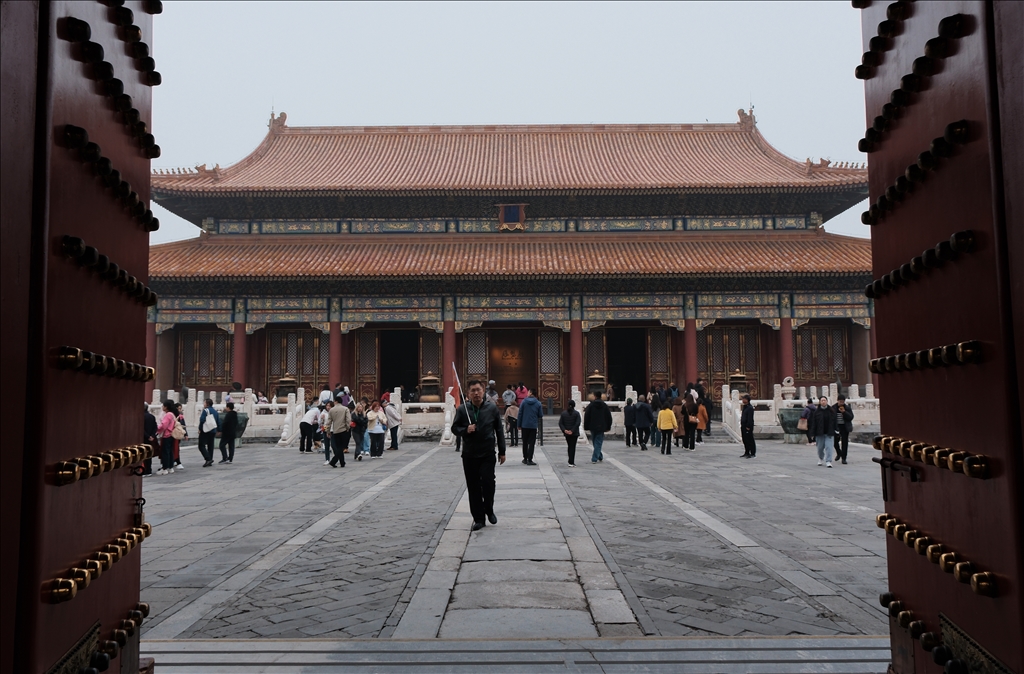
BEIJING, CHINA - NOVEMBER 02: Local and foreign tourists wearing the traditional Chinese dress “Hanfu” visit the Forbidden City, which was the center of the Chinese government for nearly 500 years, in Beijing, China on November 02, 2024. The Forbidden City, which is on the UNESCO World Heritage List, is one of the largest wooden structures that have survived to the present day with an area of 720 thousand square meters. Built in the style of ancient Chinese architecture, the imperial palaces date back to the early 15th century. ( Hakan Nural - Anadolu Agency )




